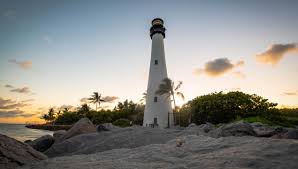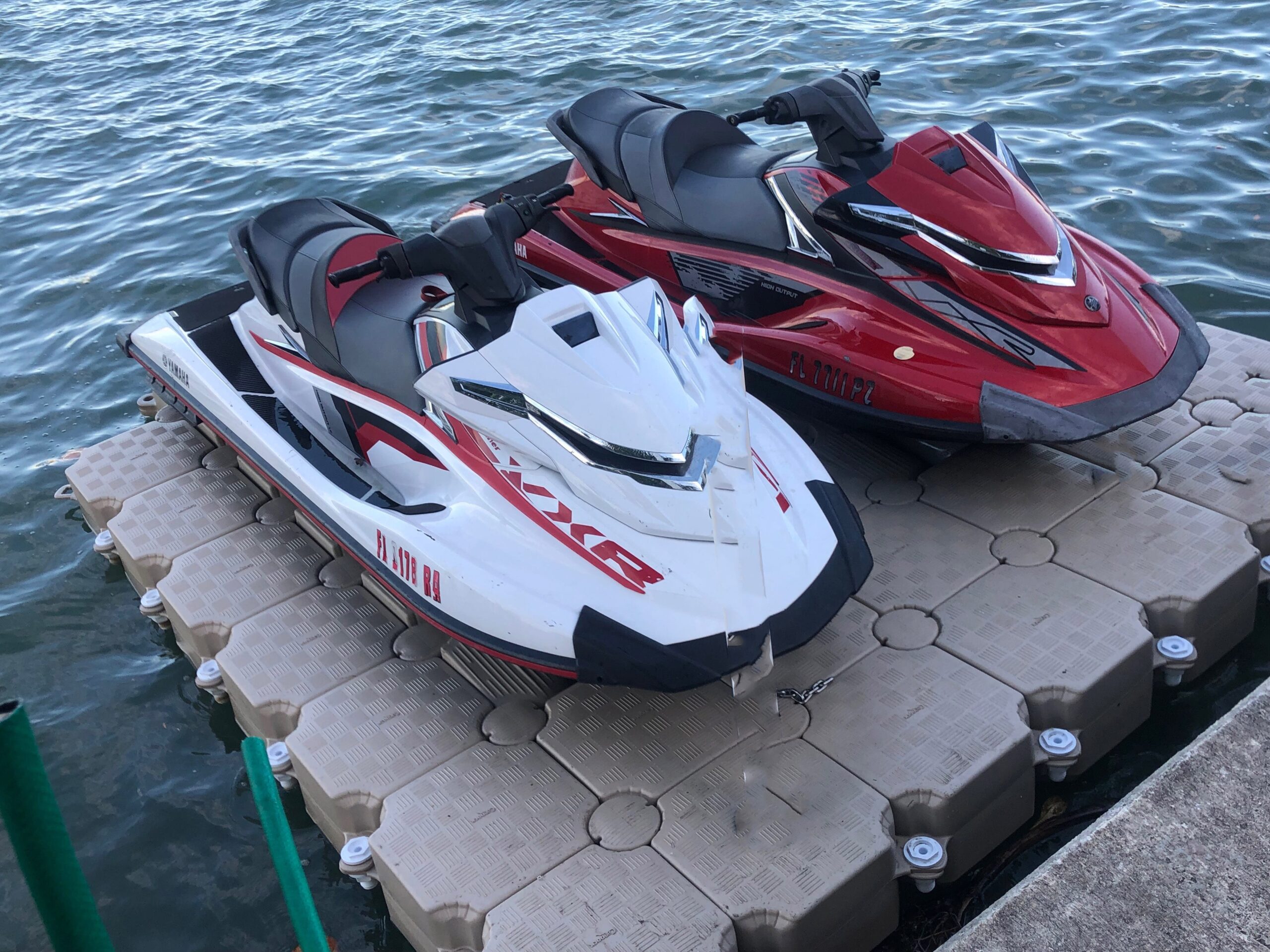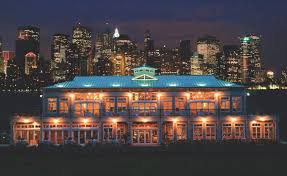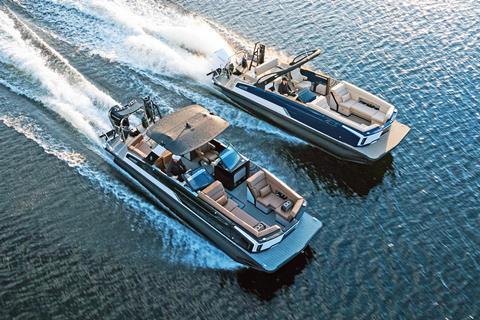Back of the Boat Called: Exploring the Terminology and Function
The world of boating is diverse and rich, encompassing a vast array of vessels designed for different purposes and environments. From the smallest rowboats to the largest luxury yachts, boats have been essential tools for human transportation, exploration, and enjoyment for thousands of years. To better understand the nuances of these vessels, it is crucial to examine the design, components, and functionality that make each type of boat unique.
In order to appreciate the intricacies of boat design and operation, one must first familiarize themselves with key terminology and concepts. This includes understanding the various parts of a boat and their respective functions, as well as the principles of boat stability. Furthermore, it is essential to recognize the different types of boats and their intended uses, as well as the components that contribute to steering, navigation, and overall performance.

Key Takeaways
- Boating encompasses a diverse range of vessels, each designed for specific purposes and environments
- Familiarization with boat terminology, concepts, and components is essential to understanding their design and function
- Knowledge of boat types, stability, and navigation principles will enhance one's grasp of their intended uses and overall performance
Terminology and Basic Concepts
Boating terminology is essential for those interested in spending time on the water, as it helps in clear communication and understanding of the various parts of a boat. This section will discuss some of the basic terms used to describe the different sections of a boat.
The back of the boat is commonly referred to as the stern. The stern is the rear section of the boat, located opposite the bow, which is the forward section. The stern is crucial because it's where the boat's propulsion system, such as an outboard motor or inboard engine, is often located.
When discussing the orientation of the boat, the terms port and starboard are commonly used. Port refers to the left side of the boat when facing forward, while starboard refers to the right side. Understanding these terms is essential as they help in safe navigation and boat handling.
In regards to the boat's movement, the term forward is used to describe moving towards the front or bow of the boat, while aft refers to moving towards the stern or back of the boat. Being familiar with these terms allows boaters to accurately communicate directions and maneuver the boat effectively.
Here is a summary of essential boating terms mentioned:
- Bow: The forward section of the boat.
- Stern: The rear or back section of the boat.
- Port: The left side of the boat when facing forward.
- Starboard: The right side of the boat when facing forward.
- Forward: Moving towards the front or bow of the boat.
- Aft: Moving towards the stern or back of the boat.
Becoming well-versed in these terms and their respective applications can greatly enhance the overall boating experience by enabling clear communication among all individuals aboard and ensuring safe navigation and handling.

Parts of a Boat
A boat is composed of various parts and components, each with its unique functions. Understanding these parts is essential for safe and efficient sailing. In this section, we will discuss a few essential parts of a boat.
Hull: The hull is the main body of the boat that provides buoyancy and structural integrity. Its shape and design determine the boat's overall stability, speed, and handling characteristics. The bottom part of the hull is called the keel, which provides ballast and lateral resistance.
Transom: The transom is the flat, vertical surface at the stern (back) of the boat that reinforces the hull and often supports the engine or rudder. This part of the boat is essential in watercraft stability and performance.
Beam: The beam is the maximum width of a boat. This measurement is crucial in determining the boat’s stability, as a wider beam often results in increased stability.
Deck: The deck is the horizontal surface that covers the hull. Decks provide walking and working areas for sailors and may contain various fittings and hatches for accessing the interior of the boat.
Gunwale and Freeboard: The gunwale is the upper edge of a boat's side, offering structural support and preventing water from entering the vessel. The freeboard is the distance between the waterline and the gunwale, which indicates the boat's ability to stay afloat in varying weather conditions.
Rudder: The rudder is a flat, pivoting plate attached to the stern of the boat, controlled by the helm. It helps steer the boat by changing the water flow direction, allowing the vessel to turn quickly and efficiently.
Mast, Mainsail, Boom, and Jib: The mast is a vertical pole that supports the sails of a sailboat. The mainsail is the large sail connected to the mast and the boom, a horizontal spar extending from the bottom of the mast. The jib is a smaller sail set forward of the mast, connected to the forestay, a cable running from the mast's top to the bow.
Cleats, Head, and Bilge: Cleats are metal fittings mounted on the deck used to secure ropes or lines. The head is the boat’s toilet, usually consisting of a small room with waste disposal capabilities. The bilge is the lowest part of the boat, where excess water or oil collects before being pumped out.
Draft and Waterline: The draft is the vertical distance between the waterline and the bottom of the boat's hull. The waterline is the line where the boat's hull meets the water surface. Understanding a boat's draft is critical to navigating shallow waters and avoiding running aground.
By understanding these essential parts of a boat, sailors can efficiently operate and maintain their watercraft, ensuring safe, enjoyable, and successful sailing experiences.

Boat Design and Stability
Boat design is a complex process that involves various factors, including stability, hull design, and the use of chines and displacement. Stability is crucial when designing a boat, as it determines the vessel's ability to maintain its equilibrium in various conditions, such as strong winds or waves.
Hull design plays a significant role in a boat's stability. The hull's shape directly affects its buoyancy, which is vital in keeping a boat afloat. In general, there are three types of hull designs: displacement, semi-displacement, and planing. Displacement hulls are designed to move through the water, allowing them to carry heavy loads. These hulls have a long, rounded underwater profile, which results in a smooth, fuel-efficient ride. In contrast, semi-displacement and planing hulls are designed to partly lift out of the water, reducing water resistance and increasing speed. Planing hulls are characterized by their flat-bottom design, while semi-displacement hulls have a flatter bottom but maintain some rounded characteristics.
A key feature of the hull design is the chine, an edge that runs along the boat's bottom where the side and bottom meet. Chines can be hard or soft, depending on their angle and curvature. Hard chines create a distinct angle between the hull bottom and side, while soft chines have a more gradual, rounded transition. Both types of chines affect the boat's stability and handling. Hard chines provide increased initial stability, allowing the boat to stay relatively flat in turns and resist rolling. Soft chines, on the other hand, allow the boat to lean into turns, enhancing its maneuverability and smoothness in rough water.
In many boats, especially those with planing hulls, designers may add multiple chines, called spray chines or double chines. These additional chines help channel water along the hull, reducing spray and increasing lift, contributing to overall stability and efficiency.
Displacement is another crucial aspect of boat design and stability. It is the amount of water the boat displaces, which must equal the boat's weight to maintain buoyancy. Designers must carefully consider the boat's displacement to ensure its adequate stability and safe operation.
In conclusion, boat design and stability are closely related, and various factors like hull design, chines, and displacement play essential roles in designing and determining a boat's stability. With careful planning and attention to these components, designers can create safe, efficient, and enjoyable vessels for a variety of uses.

Types of Boats
Boats come in various shapes and sizes, serving distinct purposes based on their design and functionality. In this section, we will discuss a few types of boats, including sailboats, bay boats, and skiffs, focusing on their notable features and specifications.
Sailboats are primarily powered by the wind, utilizing sails to catch and manipulate the airflow to propel the vessel forward. These boats range from small, personal crafts to large, competitive racing yachts. Sailboats have a unique characteristic called the stern, which is the back of the boat. The stern offers stability and serves as a mounting point for essential components like the rudder and propulsion system. Sailboats are popular for their eco-friendliness, as they rely on a renewable energy source for movement. More information about sailboats can be found here.
Bay boats are designed for fishing and cruising in shallow waters, such as bays and estuaries. These boats typically have a low draft, allowing them to navigate in areas with minimal water depth. Bay boats are equipped with various features to help anglers, such as rod holders, live wells, and spacious casting decks. The back of a bay boat, also known as the transom, is essential for mounting powerful outboard engines that enable high-speed travel and maneuverability in diverse water conditions.
Skiffs are small, flat-bottomed boats traditionally used for coastal or river fishing. Their shallow draft and lightweight design make them ideal for navigating inlets, marshes, and other shallow waterways. Skiffs usually have a simple layout, with a bench at the stern for steering and a small outboard engine for propulsion. Some skiffs might feature a casting platform at the bow, providing an elevated position for anglers to cast their lines. The back of a skiff, like in other boats, plays a crucial role in accommodating the motor and other essential components.
In conclusion, boats come in a variety of types to cater to different purposes and preferences. The back of the boat, called the stern or transom, is a vital element in all these vessels, providing stability, steering capabilities, and a mounting area for essential components. Understanding the various types of boats can help in making informed choices when selecting a boat for specific needs or recreational purposes.
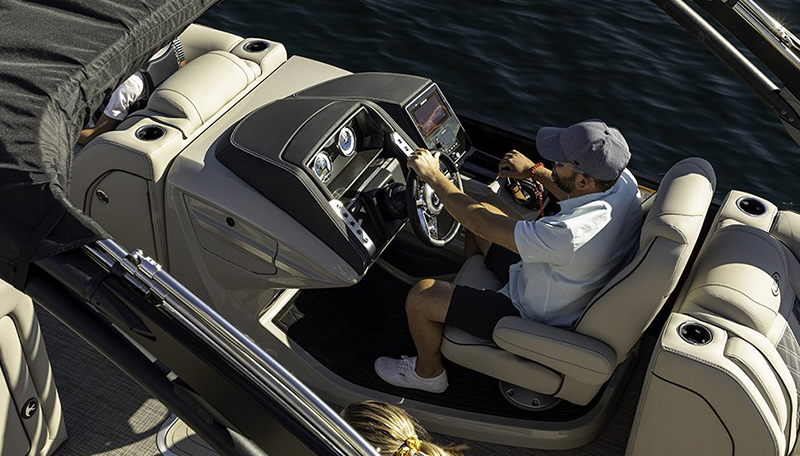
Steering and Navigation
Boat steering and navigation are essential components for safely operating a vessel. A boat's rear section, commonly known as the stern, houses important elements such as the steering oar, propeller, and navigation lights. Understanding the role of each element helps ensure smooth sailing.
In ancient times, boats were typically guided by a steering oar. This large oar was secured to the stern of the vessel, and its primary function was to serve as a large rudder. Latin sailors were among the earliest to use steering oars effectively, helping them navigate both along the coasts and in open waters.
With the advent of modern technology, the steering oar has now largely been replaced by the propeller-driven steering system. The propeller is located at the back of the boat and functions by creating a flow of water that pushes the vessel forward. Powering the propeller is usually an engine or a motor, which can be controlled to adjust the boat's direction, speed, and maneuverability.
Navigation lights are a crucial aspect of boating safety, especially during nighttime or low-visibility conditions. Generally positioned at the rear of the boat, these lights allow other vessels to identify the boat's size, position, and direction. A commonly used light is the all-around light, which provides a 360-degree illumination and can be seen from a distance.
In addition to the aforementioned components, modern boats also employ advanced navigational equipment such as GPS, electronic charts, and radar systems to enhance accuracy and efficiency when navigating through waterways.
In summary, the back of a boat, or the stern, plays an integral role in steering and navigation. It houses crucial elements such as the steering oar, propeller, and navigation lights that have evolved over time to deliver safe and accurate sailing experiences. With advancements in technology, today's boat operators can confidently and knowledgeably maneuver their vessels through various conditions, relying on both traditional and cutting-edge navigational tools.
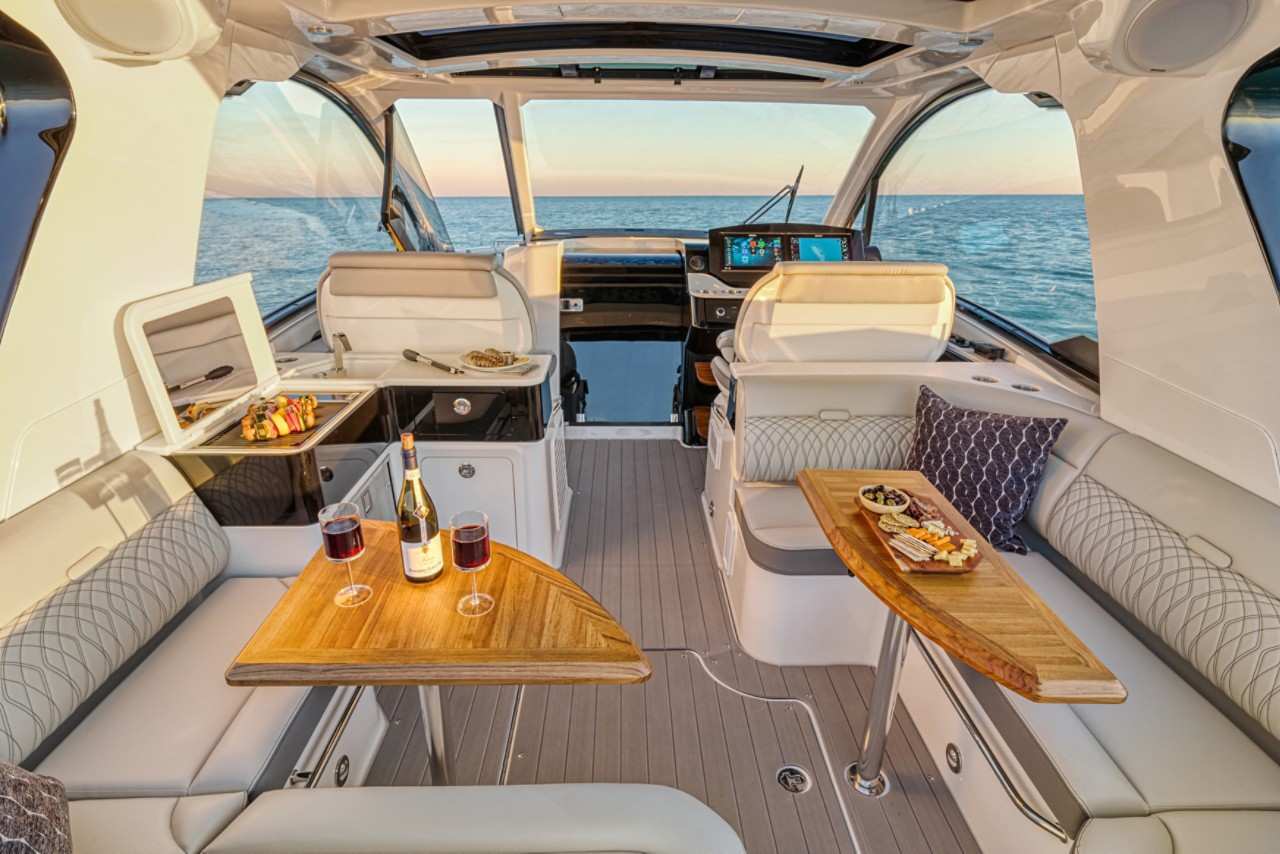
Deck and Cabin Components
The back of the boat, commonly referred to as the stern or after end, houses crucial elements of a vessel's overall functionality and comfort. One of the most important components found in this area is the mast, a tall vertical pole that supports the sails and rigging of sailboats. The mast assists in controlling the boat's direction and speed by adjusting the sail's angle and tension.
Adjacent to the mast is the boom, a horizontal pole extending from the bottom of the mast. The boom holds the foot, or lower edge, of the sail, enabling sailors to adjust the sail's angle against the wind. When maneuvering a sailboat, it is essential to be mindful of the boom's position, as it can swing from side to side with considerable force.
Below deck, the cabin provides shelter, storage, and living space for the crew and passengers. Depending on the vessel's size and purpose, cabins can vary in design and comfort levels, akin to hotel accommodations. Some boats may contain separate cabins for sleeping, dining, navigation, and operating essential equipment.
Amidst the cabin area, the console serves as the command center for the boat's controls and electronics. The console typically houses the steering wheel, throttle, navigation instruments, and communication devices. Additionally, it may include storage compartments and seating for the captain and passengers.
In summary, the back of the boat comprises various essential components, such as the mast, boom, cabin, and console. Each of these elements plays a critical role in the vessel's navigation, functionality, and comfort for everyone on board.
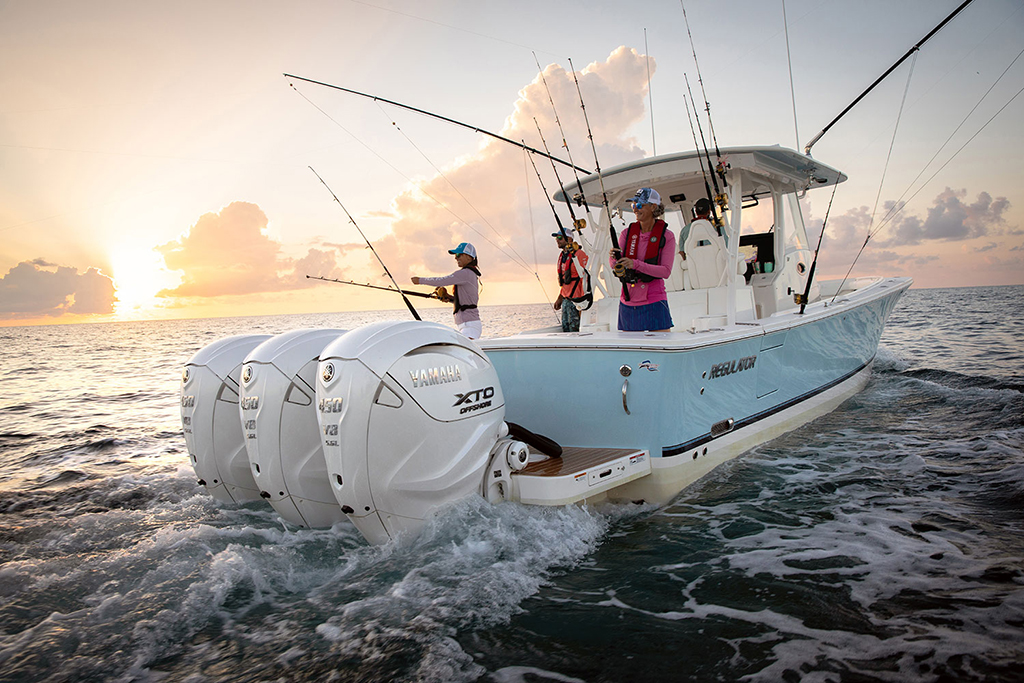
Engine and Performance
When discussing the back of the boat, also known as the stern or aft, it's essential to focus on the engine and its performance as they play a crucial role in the overall boating experience. Most boats have an outboard motor mounted at the stern, which is responsible for propelling the boat forward. These motors are designed for efficiency, speed, and durability, allowing for smooth navigation and strong performance on the water.
The speed of a boat is largely dependent on its engine power and the boat's hull shape. A well-designed hull can reduce drag and improve the boat's stability, allowing it to achieve higher speeds. The engine's horsepower is also a key factor in determining the boat's potential speed. Boat engines can vary greatly in size and power, from small engines suitable for dinghies and canoes, to powerful engines used in racing boats.
Performance is a critical aspect for any boat owner, as it encompasses not only speed, but also handling, stability, and fuel efficiency. Boats with powerful engines may deliver impressive top speeds, but if they suffer from poor handling or stability at high speeds, the overall performance will be compromised. Good performance allows the boat to maneuver in various conditions, such as choppy waters or tight turns, with ease and confidence.
The support structure for the engine is also important in ensuring optimal performance. The engine mount should be durable, corrosion-resistant, and designed to reduce vibration and noise. A poorly constructed mount may result in engine failure or damage and reduced performance. Support is also crucial when it comes to maintaining the engine and carrying out repairs. Regular maintenance, such as checking hoses, fuel lines, and engine oil levels, can enhance the performance and longevity of the engine.
A rail or railing system around the aft area of the boat ensures safety and functionality while protecting the engine and other components. Rails can be constructed from materials like stainless steel, aluminum, or rigid plastic, and can serve as mounts for various accessories such as fishing rod holders, antennas, or navigation lights. The design and placement of the rail should not obstruct access to the engine or hinder maintenance and repairs.
In summary, the engine and its performance play a vital role in the overall satisfaction and enjoyment of any boat owner. Attention to detail in engine design, maintenance, and support structures can greatly enhance the boating experience for both casual and experienced users.

Boating Vocabulary and Functionality
The back of a boat is known as the stern and plays a crucial role in the functionality and maneuverability of the vessel. The stern is responsible for supporting essential components such as the rudder, propeller, and the outboard or inboard motor. These elements work together to enable the boat to move, turn, and navigate through the water effectively.
In terms of vocabulary, there are various terms associated with the back of a boat. The transom is the flat, vertical surface at the stern that supports the outboard motor. Additionally, the aft refers to the rear section of the boat or the area near the stern, while abaft is a term used to describe the localization of a point on the boat that is closer to the stern than another point.
Regarding functionality, the stern's design and construction influence the vessel's performance on water. A well-designed stern can provide better hydrodynamic properties, ultimately improving the boat's speed and stability. Different types of sterns, such as flat, round, and cruiser sterns, serve various purposes and are suited to specific boating needs. For example, flat sterns are ideal for smaller vessels that require maximum space utilization, while round sterns offer improved performance in sailing boats.
The steering devices, mainly the rudder and the tiller or wheel, are located at the stern. The rudder is a flat, vertical blade that extends into the water and helps control the boat's direction by pivoting its edge. Connected to the rudder is the tiller or the wheel. The tiller is a horizontal lever used in smaller boats, while the wheel is used in larger vessels to control the rudder and determine the boat's course.
Maneuverability is a vital aspect for any boat, and the stern's components significantly contribute to this. The rudder's efficiency combined with the motor's power directly affects the vessel's ability to turn and adapt to various water conditions. A well-maintained, functional stern ensures smooth and safe boating experiences.
In conclusion, the back of the boat, or the stern, is essential for the vessel's functionality and maneuverability. The stern houses crucial components, such as the rudder, motor, and steering devices, that contribute to the boat's performance on water. A solid understanding of relevant boating vocabulary will help boaters communicate effectively and enhance their overall experience on the water.
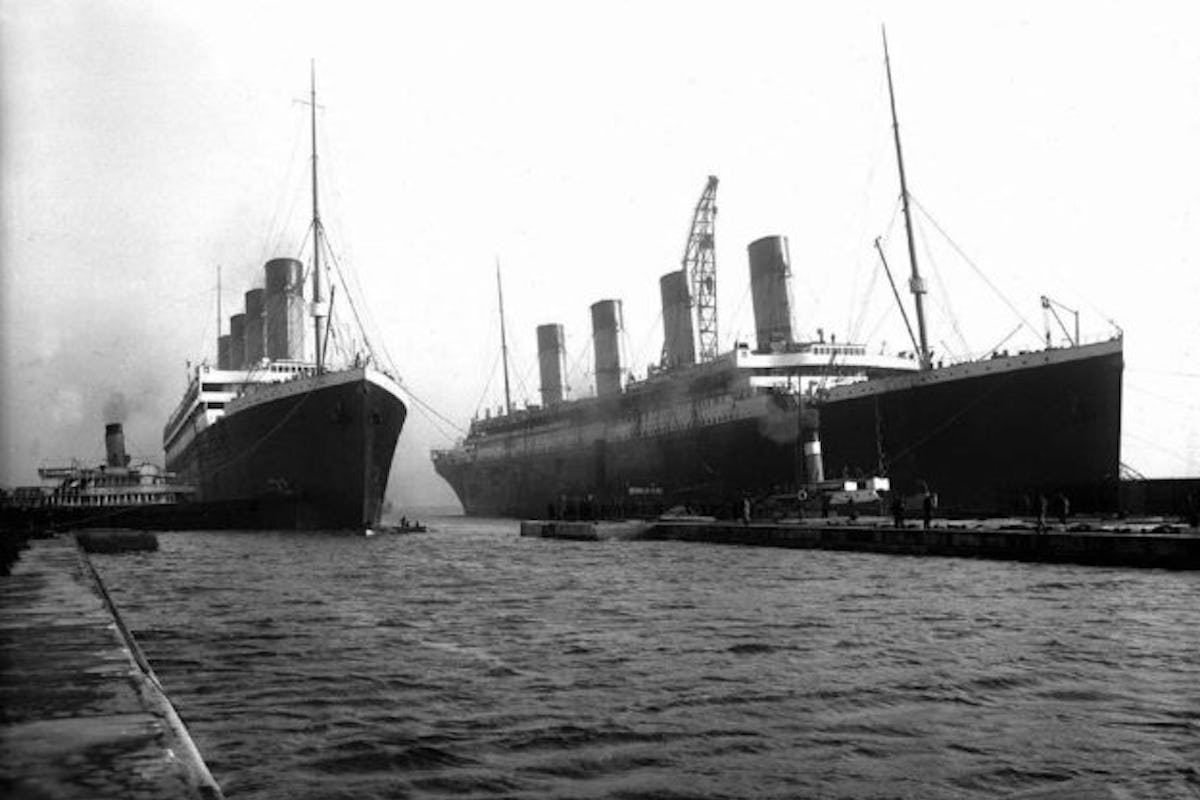
History and Origin
The history of the term "back of the boat called" dates back to the origins of naval and maritime travel. In the early days of sailing, boats were designed with a specific purpose in mind, and this often determined the terminology used to describe different parts of the vessel. The back of a boat, also known as the stern, has undergone several transformations throughout history, influenced by the evolution of ship design and propulsion technology.
One of the earliest types of boats known to history is the Egyptian reed boat, which dates back to around 4000 BCE. These boats were constructed from bundles of reed plants, and their sterns were crafted with a simple raised platform known as a fantail. As boat design evolved over time, so did the terminology used to describe the back of these vessels.
In the Middle Ages, European shipbuilders introduced the cog, a type of ship characterized by a flat-bottomed hull and high, castle-like stern structure. This innovation, known as the "castle stern," provided increased stability and storage space on the vessel. Over time, the castle-like structure evolved into a more streamlined design known as the "round stern," which allowed for greater maneuverability and speed.
The age of exploration and the expansion of maritime trade in the 15th and 16th centuries led to further developments in ship design, such as the carrack and the galleon. These ships boasted a distinctive stern design called the "counter stern," which featured an overhanging structure that housed the captain's quarters and provided additional living space for the crew.
During the Industrial Revolution, the advent of steam-powered propulsion led to the creation of the paddlewheel steamboat. This type of vessel utilized a stern-mounted paddlewheel, which propelled the boat through the water. As a result, the term "sternwheeler" was used to describe these boats and their unique form of propulsion.

Frequently Asked Questions
What is the term for the back end of a boat?
The back end of a boat is commonly referred to as the "stern." The stern is an essential part of the boat's structure and serves several critical functions.
What is the difference between stern and aft?
The terms "stern" and "aft" are often used interchangeably, but they have different meanings. The stern refers to the actual structure at the back of the boat, while "aft" refers to any location on the boat closer to the stern or towards the rear part.
What is the function of the stern?
The stern provides stability, directional control, and houses some essential components of the boat, such as the rudder and propeller. It also offers a place for crew members to work on tasks such as handling lines, operating machinery, or accessing the steering gear.
Can you name the main parts of a boat?
The principal parts of a boat include the bow (front), stern (back), port (left side), starboard (right side), hull (body), and keel (central line at the bottom). Other important components include the rudder, propeller, sails or engines, and various rigging and deck fittings.
What is another term for the back of a boat?
The back of a boat can be referred to as the stern, aft, or rear section. Each term holds a specific meaning, with stern referring to the structure, aft indicating a location, and rear section describing the general area.
What is the purpose of the boat's rear section?
The rear section of a boat serves multiple purposes. In addition to providing stability and control, it can also house equipment such as the steering gear, propulsion system, or navigational tools, depending on the vessel's design. Further, it may serve as a working space for crew members carrying out various tasks.
Charlie is Editor-in-Chief of Sea Magazine



